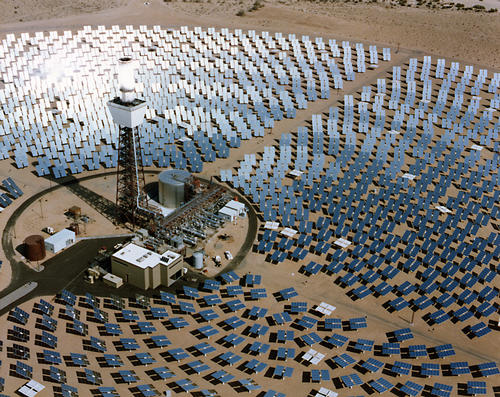By Fossil Free Staff Jay Carmona, Community Divestment Campaign Manager & Cat Jaffee, Digital Divestment Campaigner
As oil prices drop, spectators are ready to jump on the tails of fossil fuel divestment advocates and say, “see…?”
See what?
The recent drop that we are seeing on the price of oil shows that stranded assets are a real financial risk.
Billions of dollars have been poured into energy projects that require long-term oil prices over $80 a barrel to be profitable–this is especially true for expensive Tar Sands and offshore arctic projects. It is increasingly likely these projects will lose a good deal of money, even without a carbon tax. That scares off investors from funding future oil exploration. So, we can say that the volatility of fossil fuel investment shows the financial benefits of divesting.
There is, perhaps, a drawback of low oil prices for divestment, and that is that it can make consumers complacent about transitioning away from fossil fuels. The payback on electric cars, energy-efficient appliances, or installing rooftop solar may not be immediately as enticing for consumers when oil prices are low. This is precisely where leadership and organizing come in: it’s extremely important now to push for investment in solutions, especially community-based solutions, to the climate crisis. Because we can’t wait for the market to transition from fossil fuels by itself, this is where big institutional investors, say, Harvard or the State of California or the State of Vermont can be leaders right now in this transition from fossil fuels and into climate solutions.
Ultimately, low oil prices are just as much about low demand as they are about low supply. This may come as a shock, but the conventional wisdom that assumes that the world has an unquenchable thirst for oil is actually incorrect (sorry Exxon!). The market is oversupplied with oil because demand is less than oil companies expected (hey, good news!). Believe it or not, the industrial world is becoming cleaner and more efficient; China is slowing down the pace of heavy infrastructure projects that gobbled up heaps of oil and the economy is responding.
This theme may repeat itself many times in the coming years, and when it does, remember two things: the world economy isn’t as thirsty for oil as oil companies had hoped, and large institutional divestment and reinvestment is needed to spur an ongoing transition away from fossil fuels at the scale and pace required to hit global environmental benchmarks.
Here are a list of articles for additional references:
- Ending the Oil Age, New Internationalist
- World Oil Demand: And Then There Was None, by the Brookings Institute
